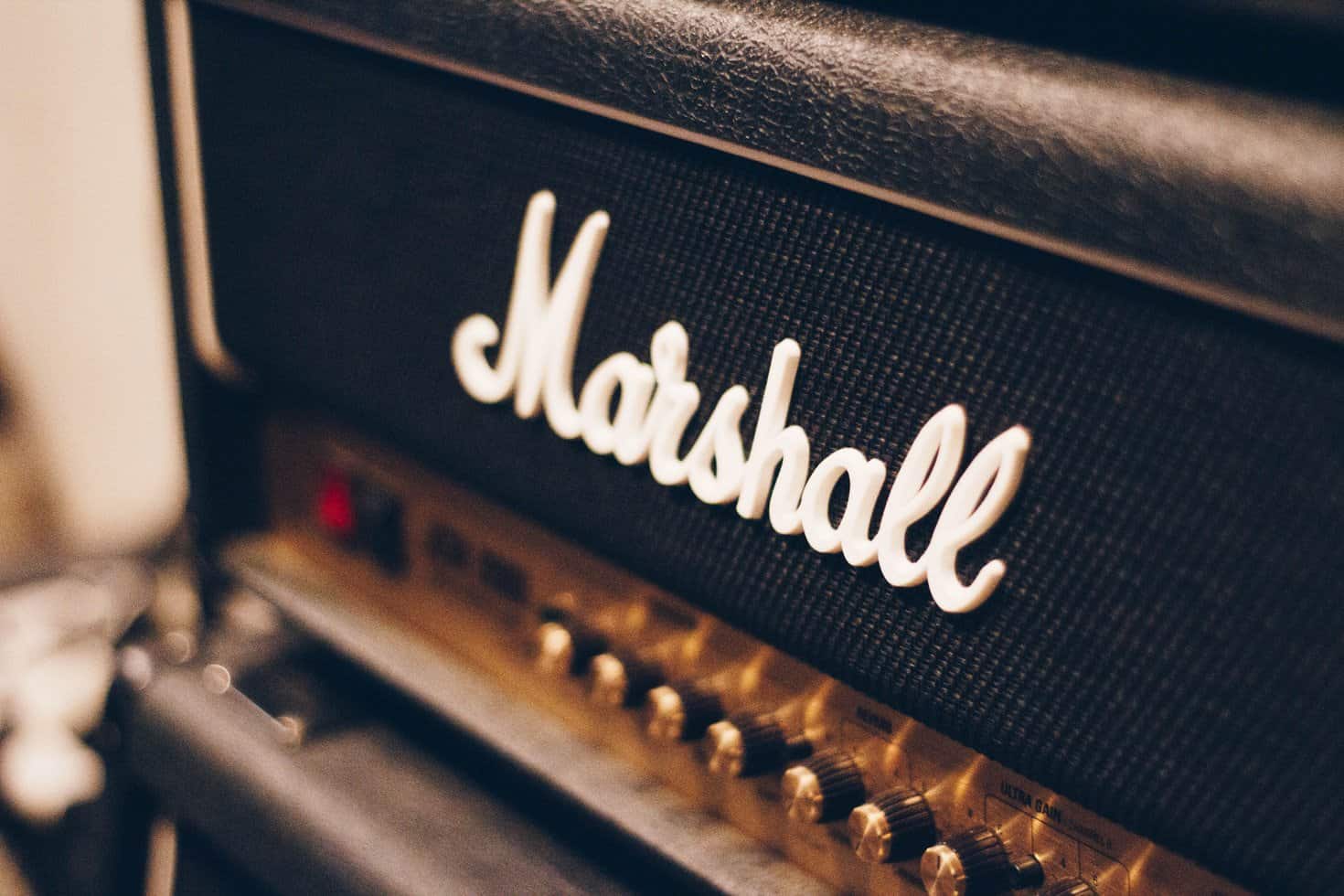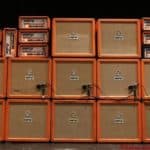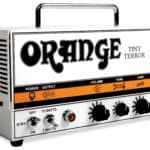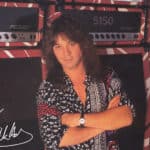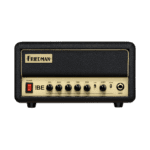The sound of a loud guitar chord is a synonym of satisfaction.
If you are a musician, then you long to play guitar at high volumes.
It makes you feel unstoppable, dominant, and a guitar legend.
However, emotions tend to be died out because of reason.
Your heart begs for loudness, but your rationality tells you it is not a good idea.
“What if the amp gets permanently damaged? Can I crank the volume up without destroying my gear?”
Take it easy, because the answer is the following:
Cranking up the amp’s volume will not result in any short-term or long-term damage.
Guitar amplifiers are designed to resist high volumes. If anything, what could get damaged is the amp’s speaker. However, it is very unlikely if the speaker is of good quality.
Before dashing to your room and breaking your windows with a wave of noise, I recommend you to read the full article.
You are bound to find plenty of curiosities regarding this topic.
Can playing a guitar amp at max volume damage it?
It will come as a gratifying surprise to discover that max volume does not damage the amp.
That is to say, gratifying for you.
Your neighbors won’t be happy at all!
Jokes aside, amplifiers are designed to bear high volumes.
What could happen is that the amp’s speakers end up sounding a bit distorted.
However, this tends to happen because of the poor quality of the speakers.
It’s rare to have a guitar amp damaged because of high volumes, especially if you take care of it and maintain it correctly.
Can you damage the speakers of a guitar amp at high volumes?
The short answer is: yes, you can damage your amp’s speakers if you play them too loud.
Speakers have a driver coil, which is in charge of the vibrating parts that result in sound.
The speakers have power ratings that may burn the driver coil when excelled.
In other words, when your amp manages high volumes for long periods of time, then the excessive heat in the drivers causes permanent damage.
There are other factors that contribute to the speakers being destroyed.
They go from inadvertent overheating, to contact with magnetic sources such as nickel or aluminum.
Most important, though, is the fact that despite vibration damages, speakers are designed to work at high volumes.
This means that you cannot prevent the speakers from getting harmed.
It is like playing guitar expecting not to break a string.
It will happen eventually because you are using them. The same goes for amp’s speakers.
Is maxing channel volume and master volume the same on a guitar amp?
Channel volume and master volume are not alike, since the channel volume comes before the master volume.
Channel volume conducts the preamp of the amplifier.
It’s the one in charge of the preamp distortion, along with the gain control.
On the other hand, the master volume is in control of the amp’s power.
It has an effect on the amount of signal going into the amplifier, which means it has an effect on the tone.
Generally, maxing the channel volume leads to a sharper and tighter sound, which perfectly fits metal genres.
Contrary, maxing the master volume gets a smoother, warmer sound. It suits rock and blues flawlessly.
You can make a channel volume breakup if you turn it up to the limit.
However, to get a broken power section tone, you need to crank up the master volume.
Do you need to let your amp warm up before cranking it?
Myths and misconceptions are abundant in the world of music.
Having to warm up the amp before cranking it up is one of them.
Although it is safe mentioning that there is a slight portion of truth in such a statement.
What I’m trying to say is that not warming up the amp leads to a harsher sound.
This is because the tubes within the amp must reach a certain temperature to work perfectly, and to produce the expected sound.
Still, it is not a must, and you’ll still be able to produce music with them.
There won’t be any long-term damage, so do not worry.
We have already made an article on this topic.
You can check it out for a deeper understanding:
Is it ok to crank the gain on your amp?
Grab that gain knob in your amp and crank it up to 10.
There won’t be any negative consequences at all, neither for the instrument nor the amp.
However, the tone will not be the best.
Legendary distorted sounds don’t rely on cranking the gain of the amp. Actually, you could even sound heavier with less gain.
You see, extreme gain settings could end up cutting too much low end and adding harsh frequencies on the top of your sound, making you sound “thinner”.
There are better alternatives for getting a more suitable distorted tone.
For instance, I recommend stacking amps, especially if you use multi-FX or amp sims.
This leads to a more massive tone, while also providing a more comfortable, neutral setting since you can compare each amp sound.
Overdrive pedals are another possibility. They add grit to the signal, which in the end resembles a cranked amplifier.
An overdrive pedal such as a tube screamer is a must for many metal players out there.
It lets you hit the amp with a hotter signal and get a great distorted tone without using that much gain from the amp.
These alternatives are top-notch because neither one nor the other requires to be cranked to the end.
They will sound like a full cranked gain without actually reaching their limits.
If you are interested in learning how to use an overdrive pedal with distortion, you might find this article useful:
Many players only play their amps cranked
Some musicians cannot stand averageness.
They like cranking up everything!
While loud isn’t a synonym for better, for some, it is.
If you are one of those and want an amp that can stand such levels of power, then get a Plexi amp.
Plexi amps started with the early ‘60s Marshall and eventually evolved throughout the ‘70s.
These amps have a crisped overdrive and loud volume, which makes them perfect for cranking them up.
I recommend you crank the amp up but control the overdrive with the guitar’s volume knob.
Find out which volume level suits your interests.
How to get the cranked amp sound at low volumes
There’s a way to acquire a cranked-up sound without necessarily reaching the top 10 with the amp’s knobs: using an attenuator.
A power attenuator dissipates a portion of the amp’s power, which helps to hear the amplifier’s high volume despite having it at a low level.
This tool prevents you from melting your ears down. After all, amp’s might be too loud in certain situations.
It is wiser, safer, and overall more comfortable to play using an attenuator since you get the same amount of power with reduced volume.

Hello there, my name is Ramiro and I’ve been playing guitar for almost 20 years. I’m obsessed with everything gear-related and I thought it might be worth sharing it. From guitars, pedals, amps, and synths to studio gear and production tips, I hope you find what I post here useful, and I’ll try my best to keep it entertaining also.

